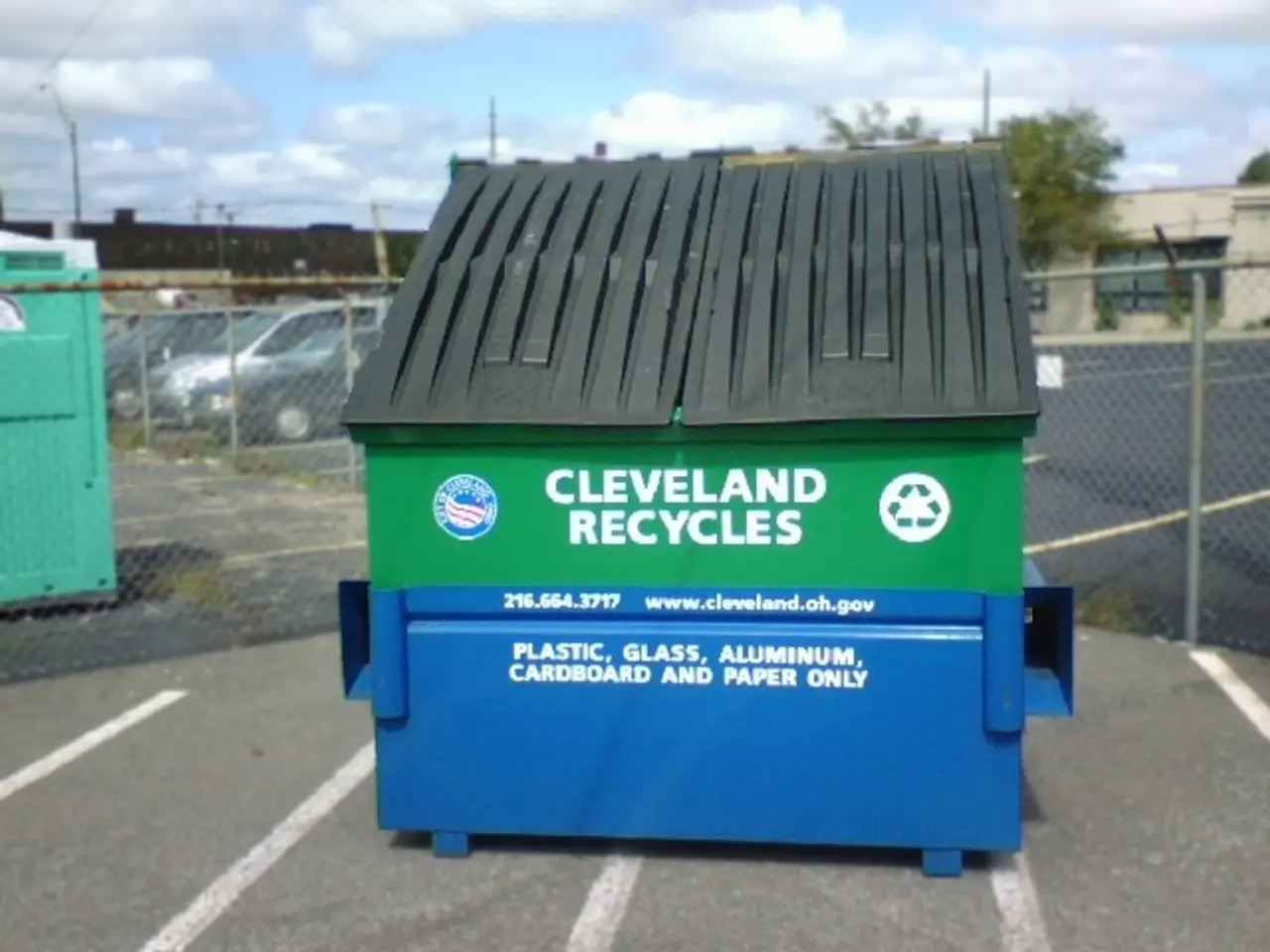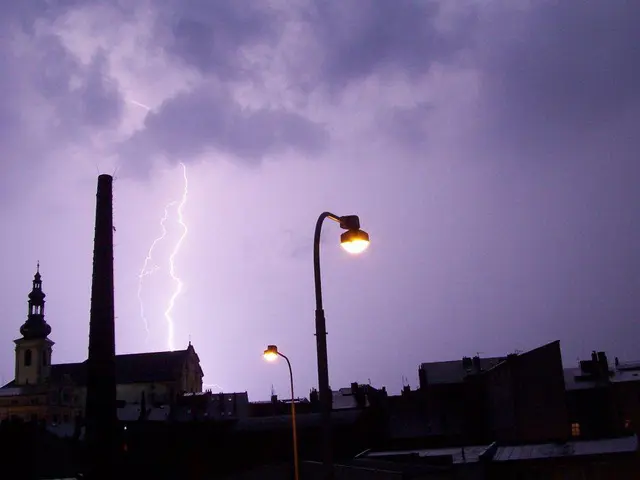Resources earmarked for addressing climate change in Estonia will be diverted towards military reinforcement
Estonia has announced a significant shift in its spending priorities, with the government deciding to redirect approximately 200 million euros from EU funds originally intended for climate change and waste disposal initiatives towards modernizing military transport infrastructure [1][2][5]. This move reflects a broader Eastern European trend where countries are increasing their defense budgets amid heightened security concerns in the region.
The EU Council approved the SAFE instrument, a mechanism that provides low-interest loans up to €150 billion to support defense investments across 18 EU countries, including Estonia [1]. With this new financial framework, countries like Estonia can prioritize military modernization alongside—or sometimes at the expense of—previous spending goals such as environmental initiatives.
Estonia's decision to redirect funds for military purposes could potentially impact its focus on the "green agenda," as the once crucial focus on climate change and waste disposal seems to be diminishing in the use of the redirected funds. However, it's important to note that the modernization of military transport infrastructure is not specified as a permanent change in the use of the redirected funds [3].
The modernization of military transport infrastructure is a new development in the use of the redirected funds, and it's not clear yet whether this marks a long-term shift in priorities for Estonia. The military transport infrastructure in Estonia is set to receive an upgrade, but the specifics of the modernization project have not been disclosed [2].
In Eastern Europe, there is a strategic move to blend dual-use infrastructure that supports both civilian and military purposes, such as energy projects combined with defense capacity, reflecting a regional approach to resilience and deterrence [2]. Overall defense budgets in Eastern Europe have surged in response to geopolitical tensions, NATO’s push for rearmament, and the ongoing war in Ukraine, driving countries to reallocate resources from other priorities to security and military needs [2][3][4].
This shift in priorities by the Estonian government is part of a broader trend in the region, where countries are prioritizing defense readiness in the face of mounting threats. The redirected funds will be used for defense purposes, and the decision to do so was made by the Estonian government.
[1] European Council. (2021). SAFE: A new European instrument to support the EU's strategic autonomy in the field of defence. Retrieved from https://www.consilium.europa.eu/en/policies/safe/
[2] European Council on Foreign Relations. (2021). Eastern Europe's defence boom. Retrieved from https://www.ecfr.eu/article/commentary_eastern-europes-defence-boom
[3] NATO. (2021). NATO’s role in security and defense spending. Retrieved from https://www.nato.int/cps/en/natohq/topics_113079.htm
[4] European Commission. (2021). EU budget: Defence spending in Europe. Retrieved from https://ec.europa.eu/info/strategy/budget-and-funding/eu-budget/eu-budget-policy-priorities/defence-spending-europe_en
[5] Business Insider. (2021). Estonia orders $300 million worth of Javelin anti-tank missiles to boost its military capabilities. Retrieved from https://www.businessinsider.com/estonias-orders-300-million-worth-of-javelin-anti-tank-missiles-2021-10
Read also:
- Heavy rain causes flash floods in Hyderabad, resulting in severe waterlogging and disruptions to city life during a heavy downpour.
- Flooding warning issued for River Sutlej due to potential water release from India
- Right-wing aggressions surpass left-wing responses in attacks against Kaufhold
- Four days remaining to resolve the complex issue of worldwide plastic pollution in the proposed treaty








